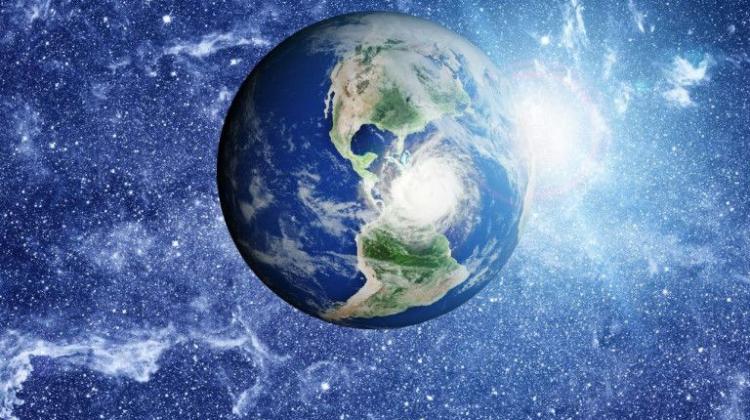Supersensitive Polish cameras will detect threats to Earth

Supersensitive cameras developed by a Polish company will be the heart of the ground telescope NEOSTEL, whose task will be to search for objects threatening Earth. This way, scientists want to protect us from repeating the famous Tunguska event.
One of the biggest disasters, which the Earth faced, occurred 66 million years ago. A massive asteroid hit the planet in forming a 180-kilometer crater in what is now the Gulf of Mexico. The event resulted in extinction of more than 75 percent of all species of plants and animals.
Another powerful space collision took place more than 100 years ago and became known as the Tunguska event. In 1908, a superbolid entered the Earth\'s atmosphere north of Lake Baikal in Siberia, felling trees in the taiga in a radius of 40 km. In February 2013 in Siberia, a meteor with a diameter of 17 meters and weighing 10 thousand tons entered the Earth\'s atmosphere at a speed of 64 thousand km/h near Chelyabinsk and disintegrated about 30 kilometres above the Earth\'s surface. 7.5 thousand buildings were damaged and more than 1.5 thousand people injured.
"Scientists estimate that Earth\'s collisions with objects the size of several meters occur once every 100 years. Statistically, for a disaster comparable to the one that which led to the extinction of dinosaurs we will have to wait even longer - millions of years. But we should not delude ourselves that meteoroids will keep our schedules and statistical models" - CEO of Creotech Instruments SA Dr. Grzegorz Brona noted in a release sent to PAP.
Therefore, researchers are working on different systems that could protect our planet from the threats from space. One of them is the Space Situational Awareness (SSA) operated by the European Space Agency (ESA). It involves monitoring space and tracking space objects. NEOSTEL terrestrial telescope that will detect various Earth-threatening objects will help in these tasks.
The heart of the telescope will be supersensitive CCD (Charge Coupled Device) cameras used for astronomical observations. Polish company Creotech Instruments SA has been tasked with the development and production of cameras. In October, the first of the cameras recorded its first image - for now still in the laboratory, and without special lens system. "We launched production of the first cameras, with which in 2017 the first target telescope will be equipped" - explained Brona.
One telescope - like the eye of a fly - can have several such cameras to capture the widest possible image. "According to the ESA\'s assumptions, 20 more cameras should be built in 2018. What\'s more, there is a possibility of a project launch in 2019, in which 30 telescopes of this type will be built on our globe, equipped with more than 200 Polish cameras. This system will detect cosmic threats to Earth in advance, as well as space debris that could threaten the astronauts on the International Space Station" - according to the Creotech Instruments SA release.
Cameras are cooled to minus 50 degrees and kept in conditions close to a vacuum. In these conditions, after installation on the telescope they are capable of observing an object the size of a tennis ball at a distance of 1 thousand kilometres. This will not only allow to detect asteroids threatening Earth, but also space debris that may threaten the operating satellites and cause damage or destruction of the International Space Station.
In addition to Space Situational Awareness program, the European Space Agency has two other programs related to the observation of the universe: Copernicus - satellite earth observation and Galileo - satellite positioning and navigation. Part of the issue of protection of the Earth from threatening objects is also the European project SST (Space Surveillance and Tracking) - optical observation and tracking of objects in space. Poland joined the program announced by the European Parliament and the Council of Europe in 2014.
PAP - Science and Scholarship in Poland
ekr/ mrt/
tr. RL
Przed dodaniem komentarza prosimy o zapoznanie z Regulaminem forum serwisu Nauka w Polsce.
















